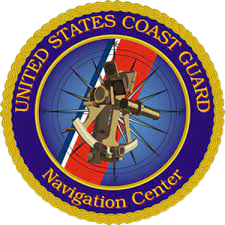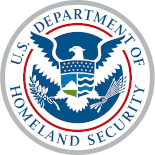Class A | IEC 61993-2
Shipborne mobile equipment intended to meet the performance standards and carriage requirements adopted by IMO. Class A stations report their position (message 1/2/3
Class B | IEC 62287-1 and 62287-2 | USCG Approval No. 165.156.xxx.
Shipborne mobile equipment which is interoperable with all other AIS stations, but, does not meet all the performance standards adopted by IMO. Similar to Class A stations, they report every three minutes or less when at anchor or moored, but, their position (message 18)
Search and Rescue Aircraft (IEC standards yet to be developed).
Aircraft mobile equipment, normally reporting every ten seconds.
AIS Aid to Navigation (ATON) | IEC 62320-2, RTCM 12110.0.
Shore-based or mobile station providing location and status of an aid to navigation (ATON); which may also broadcast Application Specific Messages (message 6 and message 8)
AIS Search and Rescue Transmitter (SART) | IEC 61097-14
Mobile equipment to assist homing to itself (i.e. life boats, life rafts). An AIS SART transmits a text broadcast (message 14) of either 'SART TEST' or 'ACTIVE SART'. When active the unit also transmits a position message (message 1 with a 'Navigation Status' = 14) in a burst of 8 messages once per minute.
- AIS SARTs are also used in maritime survivor locating devices (MSLD) or man overboard (MOB) devices, as specified in RTCM 11901.1, Standard for Maritime Survivor Locating Devices as well as for AIS locating beacons on 406 MHz EPIRBs. Standard AIS SARTs can be identified by MMSI's beginning with the numbers "970", AIS maritime survivor locating devices or MOBs with MMSIs beginning with "972", and AIS EPIRB with MMSIs beginning with "974". All categories of AIS SARTs will be displayed on IMO-mandated shipboard navigation displays.
Please see the results of AIS SART vs Radar SART Trials.
AIS Base Station | IEC 62320-1
Shore-based station providing identity, time synchronization, text messages, which report (message 4) every ten seconds and are identified by a 00MIDxxxxx MMSI. These stations can also transmit AIS ATON Reports (message 21) and Application Specific Messages (ASM, message 6 and message 8) for meteorological or hydrological information, marine safety information, etc. (see the IALA Application Specific Message Collection). U.S. stations that also act as AIS ATONs or transmit ASMs are denoted in the Coast Guard Light List. The private sale or use of AIS base stations in the U.S. by private entities is prohibited (47 CFR §§ 2.803, 80.371).
-
Nation-wide Automatic Identification System (NAIS).
In the United States, these stations are solely operated by the U.S. Coast Guard in our Nationwide Automatic Identification System (NAIS); a nationwide network designed to enhance the Coast Guard’s maritime domain awareness of vessels operating in or approaching the nation’s waterways, ports and infrastructure and support all USCG missions. This network of 130 plus base stations, collects over 120 million AIS message daily, which are shared with other government agencies (upon request). We also provide NAIS Historical Data upon request. To see if NAIS sees you, use our Vessel Identification Verification Service VIVS.

Click here, to see the data broadcasted from each AIS station type.
Note: U.S. AIS carriage requirements can only be met with Federal Communications Commission (FCC) type-certified and USCG type-approved equipment; use of non-certified radio equipment is prohibited (see 47 CFR § 80.203(a). For a listing of FCC type-certified AIS equipment search the FCC Equipment Authorization Search Page [Select: Equipment Class: AIS); and, for USCG type-approved equipment search the USCG Maritime Information Exchange (CGMIX) [Approved Equipment Search, Select: EQList: Approval Series Name: Shipborne AIS) or the European Marine Equipment Directive (MED). For further information on the USCG type-approval process see the Coast Guard's Navigation and Vessel Inspection Circular regarding the Approval of Navigation Equipment (NVIC 8-01) or email: typeapproval@uscg.mil.

